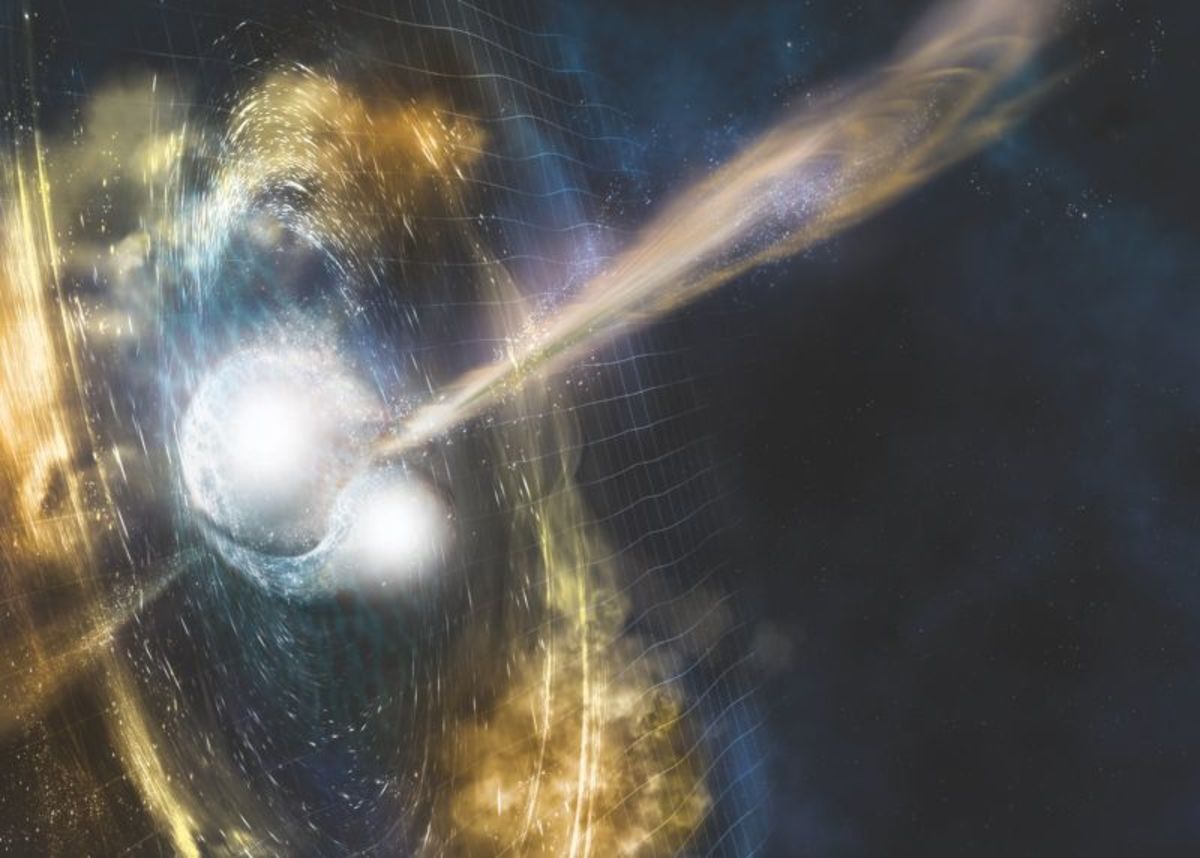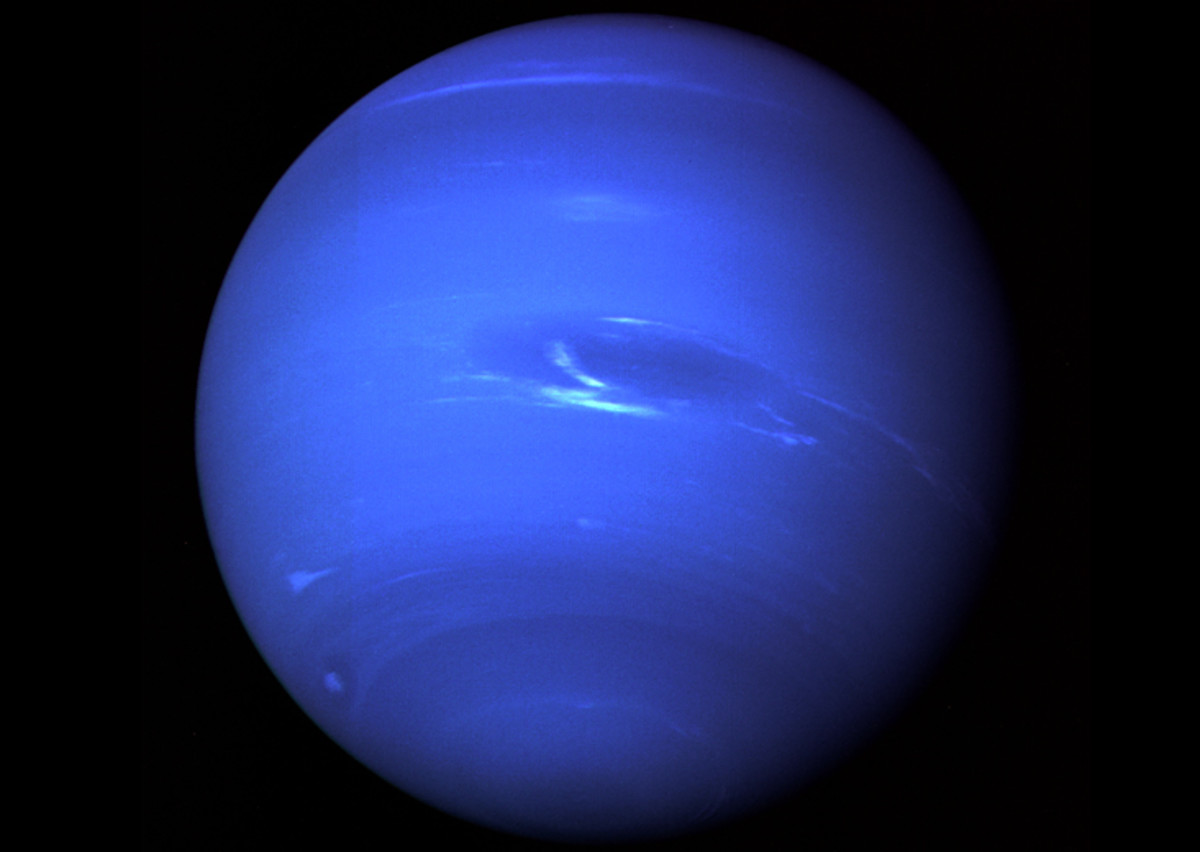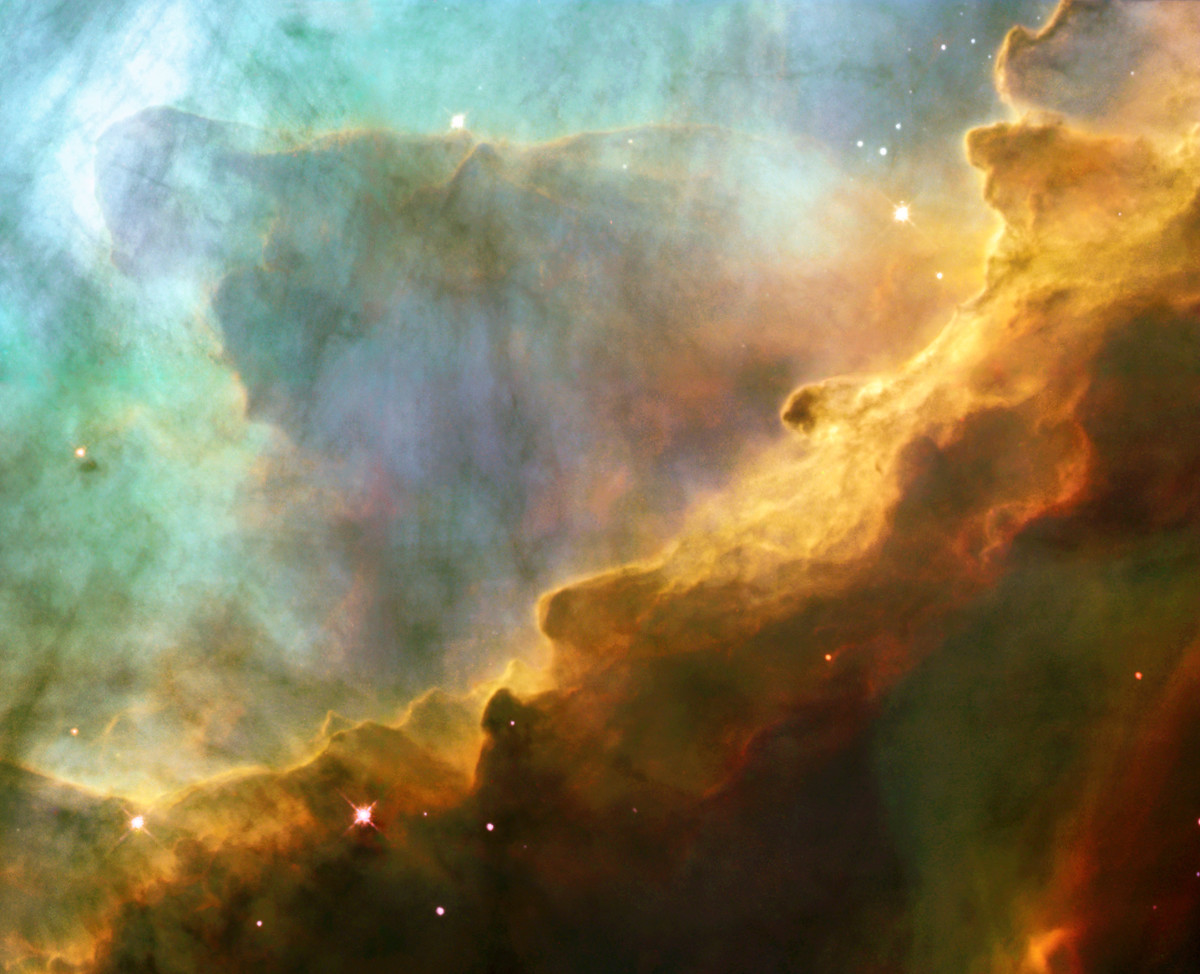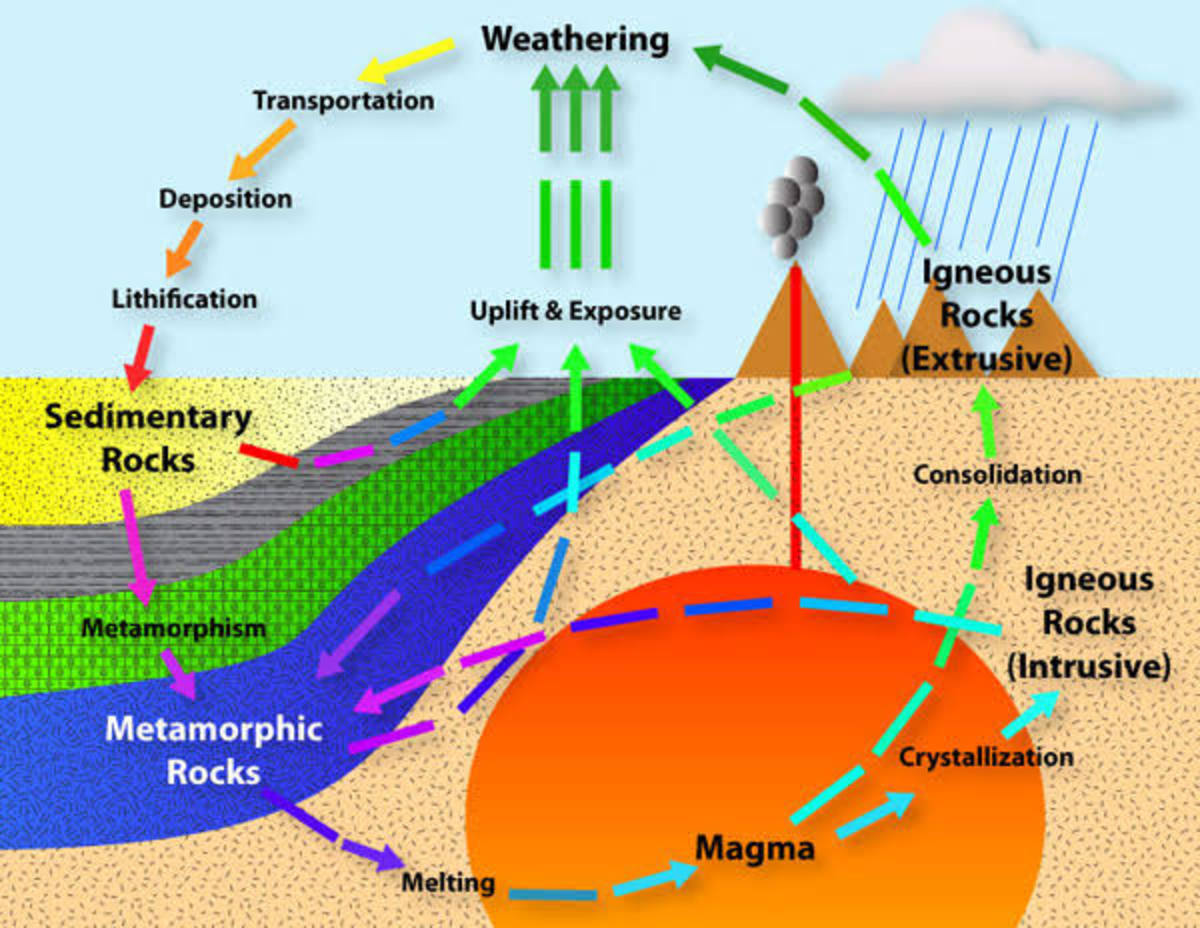I Am Going To Teach You About Stars | Types Of Stars
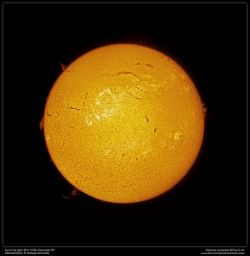
How Much Do You Know About Stars?
We have always been amazed when looking at the stars. For thousands of years, human civilization have regarded this luminous objects to be objects of mysteries. No one had an explanation what they were or what functions they had. Throughout the course of history, stars have been used for celestial navigation, in popular culture, in literature, in Greek Mythology, religion and of course science.
Some of us mention terms like "shooting stars" which aren't really stars but it wasn't until the 20th century we finally knew that they were actually meteors. Meteors were entirely different celestial bodies. They are debris that formed when our Solar System was still in its infancy.
So what about stars?
Historically, stars have been studied for thousands of years. The Egyptians made the first star chart. The Greeks and the Chinese followed suit with other inventions, star charts and also came out with various theories about the stars. Famous names like Isaac Newton, William Herschel, Democrius, Tycho Brahe are remembered in history for their various scientific contributions that has helped us understand the stars much better.
But how much do you know about our stars?
Image of Our Sun taken from Flickr.com with CC license
What I Am Going To Teach You
In this lens, you will find some very interesting information about stars and not too much that it will bore you out completely.
I am not going to give you some astrophysics lecture or some complicated lecture on these celestial bodies that will BORE YOU TO TEARSS...
I hope you will like it...
Formation Of Stars
How Stars Are Formed
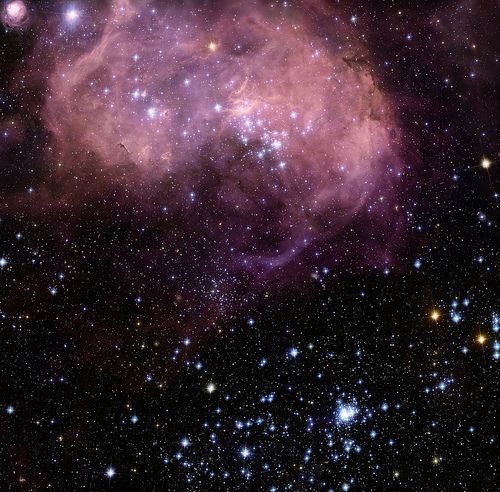
All stars have humble beginnings.
Stars begin very small. In fact, they aren't those glowing objects that you see in the sky.
Before even a star takes its shape, stars begin as just mere particles with lots of dust and gas. But the dust and gas just don't simply become stars. They have to come together. What brings them together can be a variety of things. It can be gravitational pull from a nearby star or shockwave from a supernova explosion or a nearby exploding galaxy. Regardless of how this process happens, more and more dust and gas come together to form clumps. These clumps then become bigger and bigger and increase in mass as well. As mass increases, so does gravitational pull. When the gravitational pull becomes so big, more particles are being pulled in. This process increases the overall density of the mass and also increases its temperature. At this stage it becomes a dense body that is known as a protostar. This entire step takes about 10 - 15 million years
But the step is far from finish!
While the protostar continues to form, it becomes really hot. At this stage there are a lot of hydrogen atoms. These hydrogen atoms begin to fuse at such higher pressures and heat to form helium. A star spends most of its lifetime doing this, converting hydrogen atoms to helium atoms. The production of helium produces big amounts of energy which is known as nuclear fusion. Although nuclear fusion continues to happen in the early part of a star's lifespan, the energy produced from it is not enough to overcome the gravitational pull inwards. Yes, there are two opposing forces happening at this stage. More helium is formed at its core and more mass and heat is produced. At this stage, the star increases in luminosity and temperature. If a star starts off with a huge amount of mass Stars spend millions and millions of years doing this until it finally reaches a point where the output pressure from hydrogen fusion overcomes gravitational inward pull of the young star. At this stage, the star is stabilized and will continue to be a star until all its fuel is used up.
Our sun spends an estimated 50 million years at this stage before reaching a stable state. According to astronomers, our sun will continue to burn brightly for the next 10 billion years. If a star starts off at the protostar stage with a huge amount of mass, then it will burn its fuel faster and will not live as long. Smaller stars like our sun, tend to burn longer.
If you know a little bit more about star formation, you'll know that I'm simplifying quite a bit of stuff here...
How Stars Are Formed
This Video Sums It All About A Star's Life Cycle
Classification of Stars
How Stars Are Classified
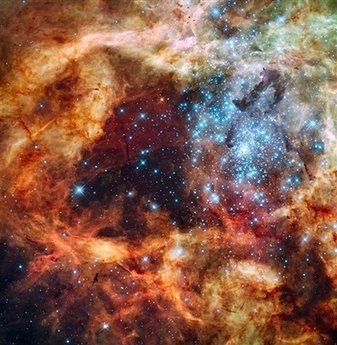
If you were to read deeply into this topic, you will find a variety of ways to classify stars which can be pretty confusing. You will hear all sorts of classification like the Harvard spectral classification which classifies stars based on their surface temperature, the Yerkes Spectral classification which classifies stars based on luminosity and surface temperature and many more other methods of classifcation.
The most common method of classifying stars is based on their spectral type. To make things simple, most stars are classified O, B, A, F, G, K, and M.
The largest and hottest of stars are Class O. The smallest and coolest of stars are Class M.Our star is Class G
To make things even more confusing, there are extended spectral classification for other stars in our universe. These extended spectral classification are for stars with some special characteristics such as methane stars, carbon giant stars, dwarf stars, magnetic stars and the list goes on and on. If you are not too into astronomy, you are best not to get your head too muddled with extra information.
But isn't there an easier way for us lay people to know the types of stars?
Yes, there is. The easiest way to remember stars are to divide them into:
a) Living, Young Stars (Main Sequence Stars)
b) Old stars
c) Dead or Dying Stars
Young stars are the red dwarf, yellow dwarf and other dwarf stars. Our sun is a yellow dwarf
Old stars are the red giants, blue giants, supergiants
Dead or Dying Stars are White Dwarfs, Brown Dwarfs, Neutron Star, Pulsar.
Exploring The Types of Stars
Dwarf Stars
Red Dwarf Stars
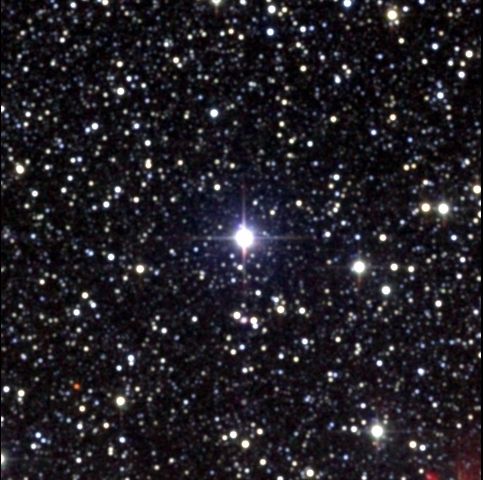
Red dwarf stars are the smallest of stars that are considered to be a living star. They are smaller than the sun, emits less energy, heat and light. They are the most common types of stars in our Galaxy and can outlive our sun as they burn their energy much slower than our sun. To give you a comparison, our sun can live for the next 10 billion years while a red dwarf can live up to 10 trillion years. It also generates 10,000 times less energy than the sun. Their surface temperature on a red dwarf is also at approximately 3700C or 4000K.
The nearest star to our Solar system is Proxima Centauri which is a red dwarf. It is 4.2 light years away from us.
The picture that you see above is a photo of Proxima Centauri. Since it is so small, you will never see it without a telescope.
Yellow Dwarf Stars
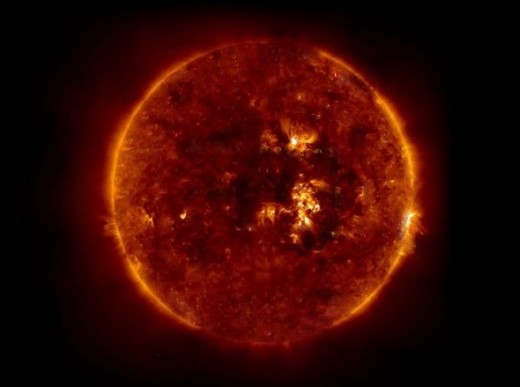
Our sun is a perfect example of a yellow dwarf. Our next closest yellow dwarf, Alpha Centauri A is approximately 4.2 light years away from us.
Compared to red dwarfs and white dwarfs, the number of yellow dwarfs in our universe is far less. You can say that the bulk of the stars in our universe are much smaller than the size of our Sun. Astronomers classify yellow dwarfs to be stars with mass of 0.8-1.2 solar masses. The surface temperature is also much hotter than a red dwarf, at approximately 6000k.
Since it is much larger than a red dwarf, it generates much more energy, approximately 4 million tons per second and because of its size, it will live up to 10 billion years before ballooning into a red giant star. For our solar system, it won't happen in the next 5 billion years.
Here are some cool stats about our Sun
1) Approximately 70% of the Sun's mass is hydrogen in plasma state (highly ionised)
2) The remaining mass consists of helium and other elements like carbon, oxygen, metal, nitrogen and other elements
3) Most of the Sun's mass is at its core. It takes up about 2% of the Sun's volume and is very dense.
4) Although our Sun is a ball of gas, it does not paint an accurate description of what's happening in the Sun. At temperatures of up to 15 million K at its core and such high pressures, matter is in the state of plasma which is a state higher than gas. But even at such high temperatures, plasma is denser than solids.
5) When our Sun reaches the end of its life, it will become so big(a red giant) that it would swallow Mercury, Venus and come so close to Earth that nothing can survive on Earth when this happens.
6) When all its fuel is spent, it shrinks into a white dwarf and then fades into a brown dwarf.
Giant Stars
Red Giant Stars
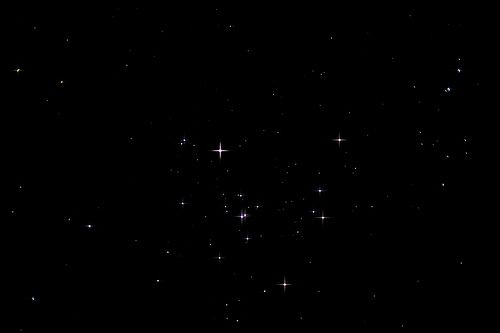
Our sun will eventually be a red giant as mentioned earlier. This will not happen until the next 5 billion years.
Red giants are initially main sequence stars or stars just like our sun. But because they have reached the end of their lifespan, exhausting the supply of hydrogen from their core, the outer atmosphere of a red giant inflates while keeping the surface temperature at about 5000K. At this stage, fusion of hydrogen to helium occurs on it outer shell and not at the core. Due to the increasing reaction rates, temperature increases as well. However, due to the increasing surface area, temperature is lower at its surface. The lower temperature gives these stars a red hue although it looks more like orange on the outside. However, due to their increasing size at this stage, there are much brighter than our Sun.
When a star becomes a red giant, they will lose a significant amount of mass before they shrink and become a white dwarf.
Facts About Aldebaran
1) Aldebaran lies in the constellation of Taurus and is approximately 65 light years away.
2) It is one of the brightest and easiest stars to find in the night sky
3) If you want to find Aldebaran, look for a star that always "follows" the "Seven Sisters" (Pleiades) at night.
Above is a picture of Aldebaran in the constellation taurus, taken from Flickr
Can you spot it?
Blue Giant Stars
Blue Giants are so named for their colour. These stars just like the red giants used to be main sequence stars that have come to the end of their lifespan.
But why are they blue?They are blue because they have one of the hottest surface temperature of all stars in the Universe. To give you an idea, the surface temperature of a blue giant can reach up to 30,000K which is about 30,000 Celsius. They are also about 20-25 times larger than our Sun and has an energy output of up to 10,000 times more. This makes it incredibly luminous. They are much more luminous than the red giants too. Compared to the Sun, a blue giant's lifespan is only a few hundred millions years because of its immense energy output.
Blue giants eventually become red giants as they come to the end of their lifespan or they simply become even bigger stars. They should also not be confused with blue supergiants as they are even bigger stars.
Supergiant Stars
Supergiant Stars - Red and Blue Supergiants
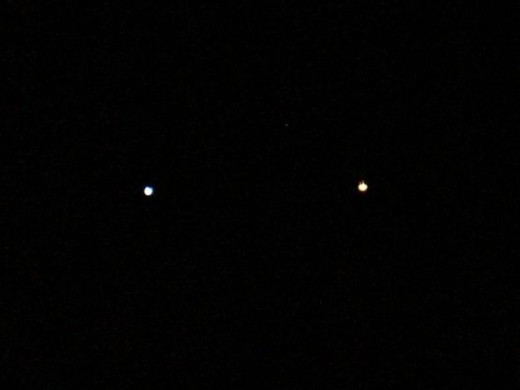
Can stars get even bigger??? You bet... It definitely can. In fact, these supergiant stars aren't the largest of the stars in the universe. There are so big that it makes our sun look like a tiny dot. There are other types of stars that are known as hypergiants that are extremely massive but extremely rare too.
Some of the brightest stars in the night sky are supergiants that make up constellations. Here are some supergiants that you may have heard in passing or read about:
a) Betelgeuse
b) Rigel
c) Antares
d) Deneb
The picture that you see above is a photo taken of two very large supergiants. Rigel is a blue supergiant on the left while on the right is Betelgeuse which is a red supergiant. Together the two stars form Orion "The Hunter", one of the most famous constellation of the night sky.
These supergiants take measurements of temperature, size and luminosity to the next level.
Supergiants can be between 30 - 1000 times larger than our sun. It has up to 70 times the mass of the Sun and up to hundreds of thousands of times brighter than our Sun. But they live far shorter than our Sun. At the end of their lifespan, these stars usually become a neutron star, a supernova or a black hole.
Posters Of Constellations - Orion Nebula
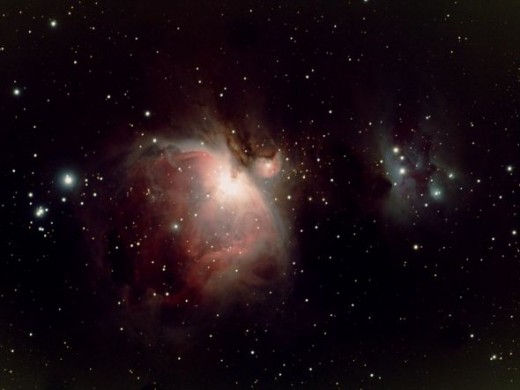
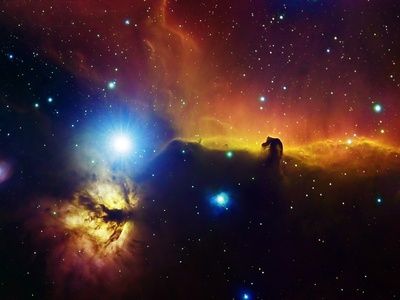
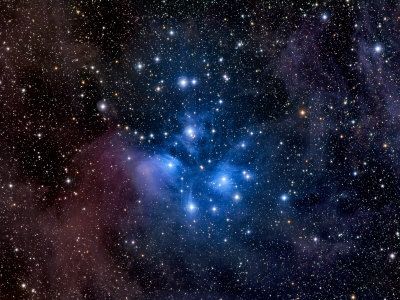
Largest Known Stars in The Universe
10 Of The Brightest Stars In The Night Sky
These stars are bright enough to be visible to the naked eye at night. Almost all of these stars can be viewed at any point on Earth with the exception of a few that depend on the time of year
- Sirius - A.K.A "Dog Star, can be viewed at any time of the year. It is the brightest star in the night sky
- Canopus
- Arcturus
- Vega
- Rigel
- Betelgeuse
- Aldebaran
- Capella B
- Antares
- Procyon
The End Of A Star's Life Cycle
Supernovas and Black Holes
What Are Supernovas?
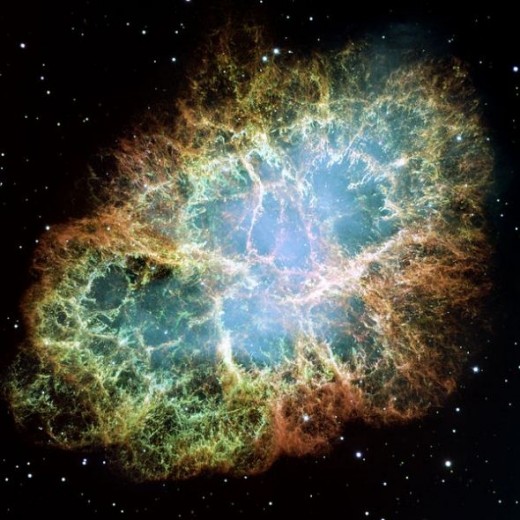
A supernova is the end of lifespan of some really massive stars in our Universe. It is a stellar explosion that releases immense amounts of energy and radiation into the surrounding interstellar space.
Supernova explosions become the essential ingredient towards the formation of new stars and the formation of heavier elements.
The earliest recorded Supernova dates back to 185 AD and was observed by the Chinese astronomers. Since then many supernovas were discovered and named. One of the most famous supernovas of our time is the Crab Nebula which is what you see in the photo above. (image taken by NASA)
How Do Supernovas Form?
When massive stars undergo gravitational collapse at its core, nuclear fusion is not enough to sustain the core from its own gravity. This causes a collapse which releases a huge amount of gravitational potential energy causing a supernova explosion
At the end of a supernova explosion what usually remains is a neutron star or a black hole may form.
Black Holes
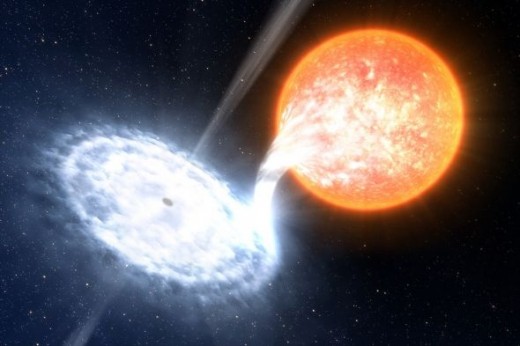
One of the most enigmatic things about our universe is black holes. Not much is known about it until the 20th Century. And it wasn't until Stephen Hawkings came about that some of the mysteries of the black hole became better understood. Still, a black hole is one of the strangest things in the universe.
Scientists describe black holes as a region of spacetime where gravity prevents anything from escaping. Not even light can escape.
But how are black holes formed?
They are formed from the collapse of super massive stars at the end of their life cycle. Typically the supergiants end up being black holes. But finding a black hole isn't like searching for a "hole" in the cosmos. It is not something that is so obvious and visible on a telescope.
But there are black holes all over the universe. In fact, there is a super massive black hole right in the middle of the Milk Way Galaxy, where our Solar System lies.
Detecting black holes is a matter of determining how a particular area in space time interacts with other matter, light and electromagnetic radiation. Astronomers have detected the presence of black holes by looking at how some stars orbit. Other methods include looking at an accretion disk caused by matter falling into a black hole. Around a black hole is a defined surface where it marks the point of no return. This is known as the event horizon It is called an event horizon because any event occurs at that area, information from that event will not be able to reach an external observer.
If you want to understand more about event horizon and black holes you should read more about Stephen Hawking's book: A Brief History of Time. If you want to know more you might as well take up a course in quantum physics.
To Understand The Mysteries of The Universe and Black Holes...

More Sites on Black Holes
- HubbleSite: Black Holes: Gravity's Relentless Pull
Black Holes: Gravity's Relentless Pull. Information, virtual journeys, and simulations about black holes from the Space Telescope Science Institute - NASA: What Is A Black Hole?
Black holes may solve some of the mysteries of the universe.
Neutron Star
The neutron star is also the end of life stage for a super massive star. Not all super massive stars become neutron stars. As mentioned earlier, some become black holes while some become so unstable that they explode into a supernova which becomes the precursor for more star formation. Sometimes, a neutron star forms after a supernova.
Astronomists describe a neutron star as the remains of the gravitational collapse of a massive star
Neutron stars are very small compared to even a dwarf star. It may only be 12 km across but its mass is so high that it is about 400,000 to 500,000 times the mass of the Earth. Because they have so much mass, the density is extremely high and the gravity is also extremely high too.
Guide Book To Look Into The Heavens



